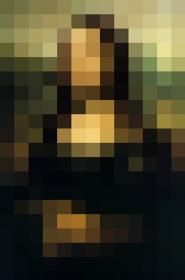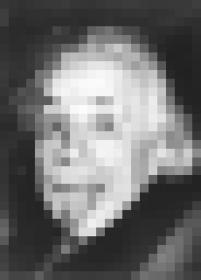I can see some parallels yep. Both measure badly by traditional measurements (in differing respects) but are nevertheless praised for their sound.
NOS DACs have something of the simplicity of SETs but don't suffer from their impracticability.
The question that fascinates me is whether they sound attractive because of their measurements or despite them. My hypothesis is its the latter which opens the way towards getting the same sound by different means and hence somewhat improved measurements.
NOS DACs have something of the simplicity of SETs but don't suffer from their impracticability.
The question that fascinates me is whether they sound attractive because of their measurements or despite them. My hypothesis is its the latter which opens the way towards getting the same sound by different means and hence somewhat improved measurements.








